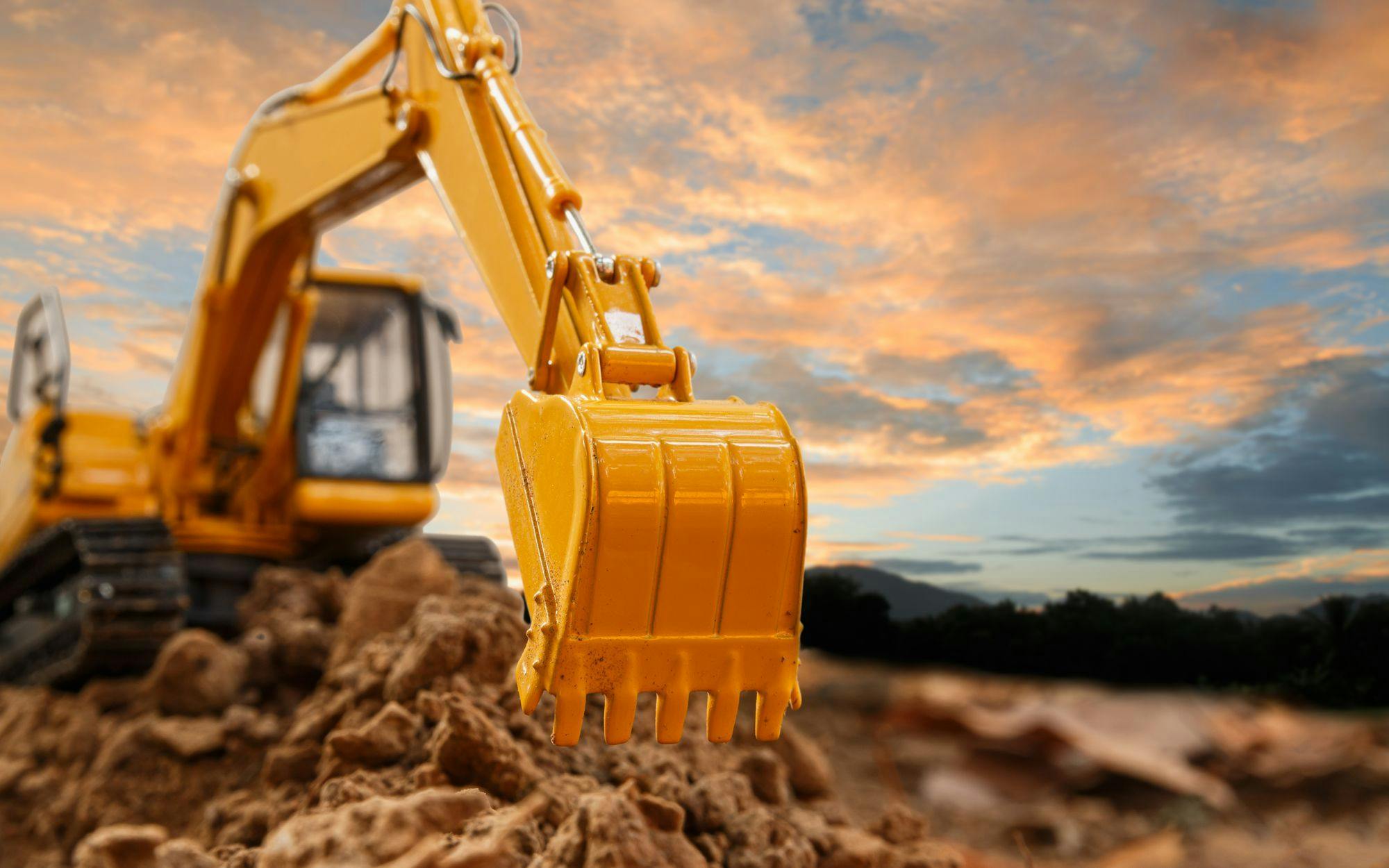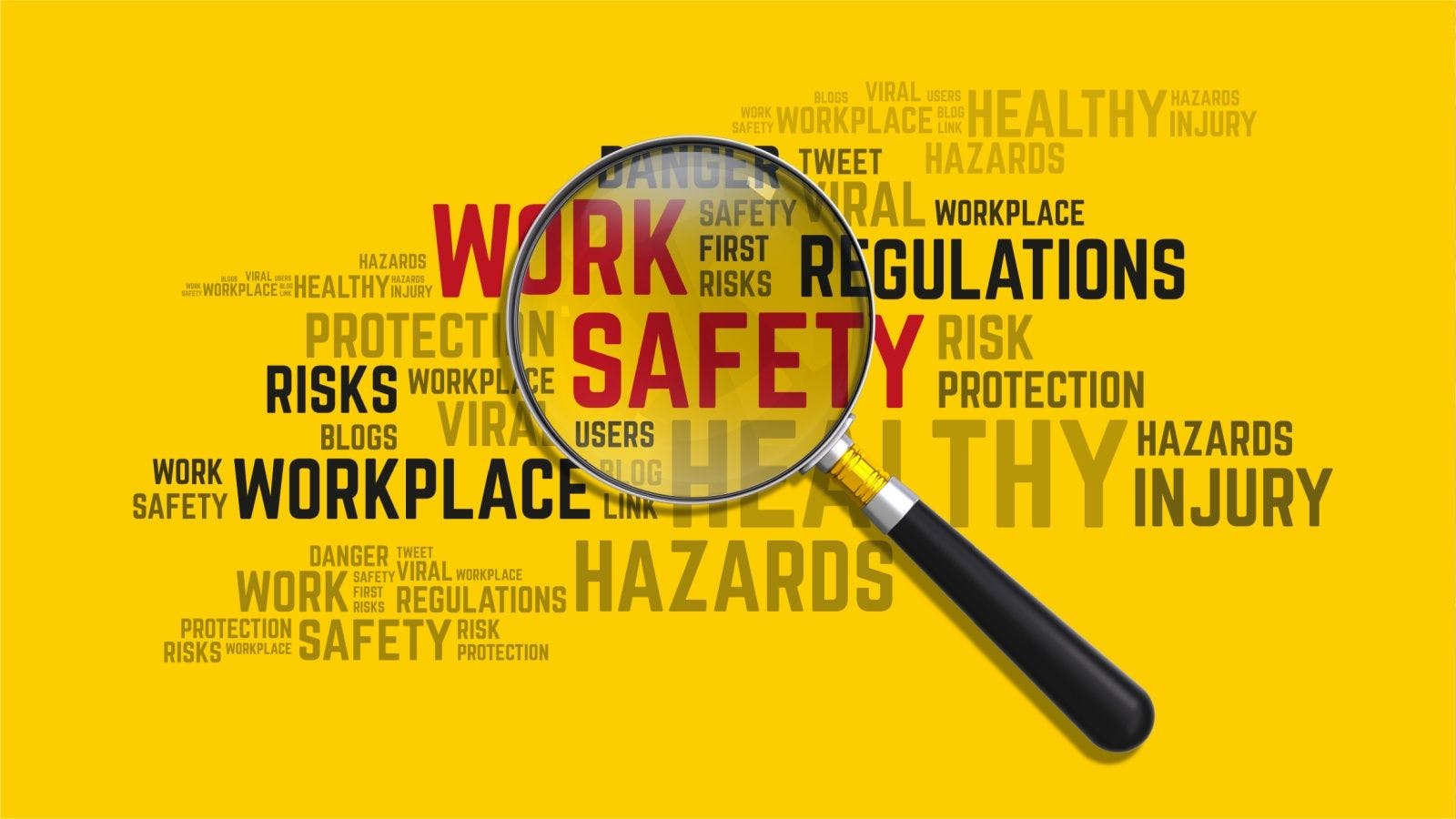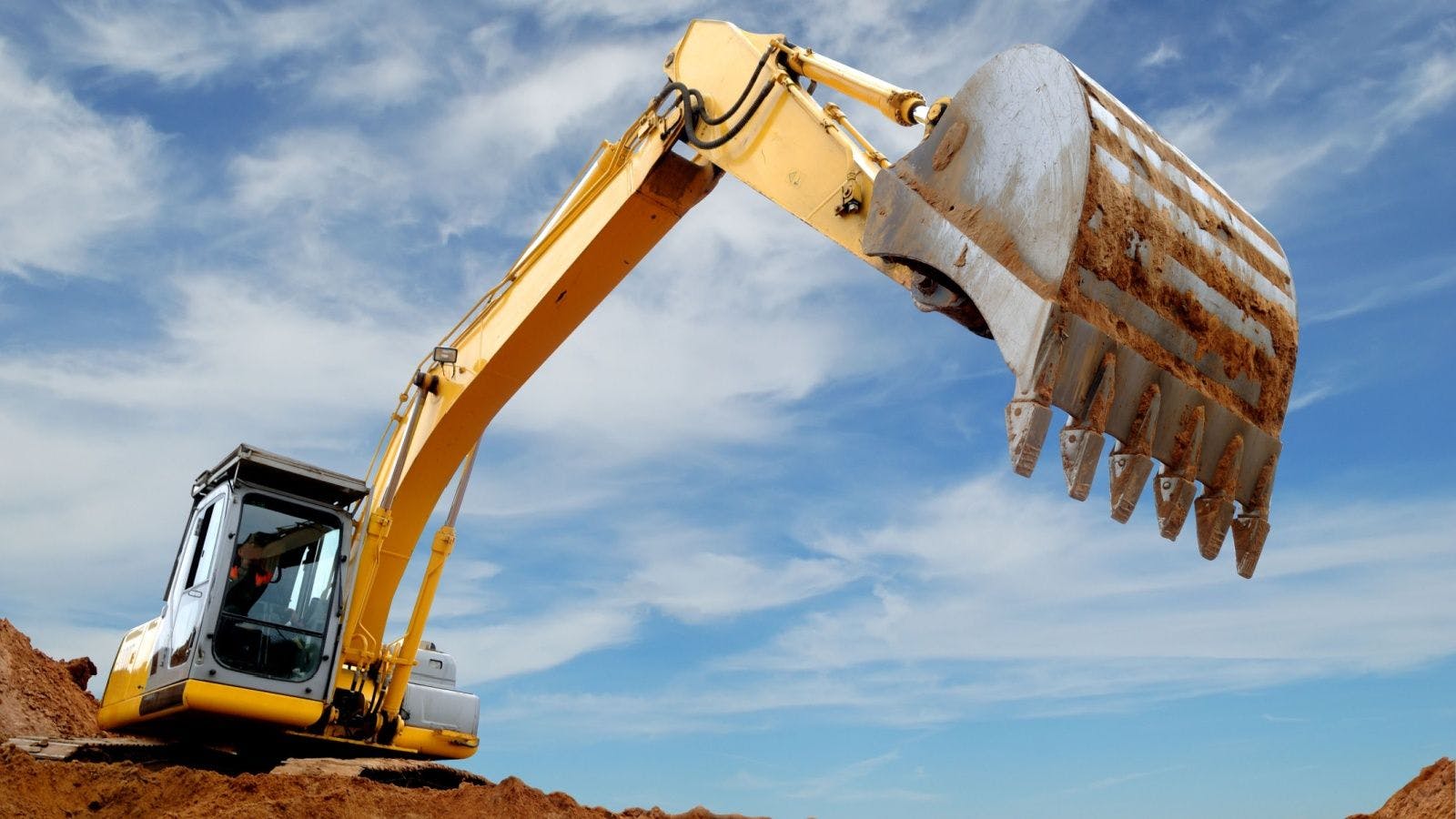
Can You Dig It?
Eric Giguere is intimately familiar with the dangers of utility contractor work. Twenty years ago, he was helping to install a water line in a rural area of Benton, New York. While he’d never worked on such a project before, Giguere wasn’t really focused on the job. He had been married barely a week before and was leaving for his honeymoon later that day. “We didn’t start off doing it the wrong way,” Giguere says. “We took a gradual step from the right way to the wrong way.”
In keeping with Occupational Safety and Health Administration (OSHA) regulations, Giguere’s team began digging four-foot trenches. Over time, they dug deeper and deeper trenches, and the landscape changed in turn. Further complicating the situation, the team wasn’t adhering to common best practices such as shoring up the excavation with trench boxes.
Shortly after a break, one of the operators hit a small piece of drainage tile at the bottom of a six-and-a-half-foot trench. Water immediately began to rush out. Giguere and another laborer jumped down to see what happened and began scooping water out. They soon realized they needed to repair the drain line. While his co-worker climbed out to get help, Giguere remained on his knees in the trench.
Giguere estimates it was just 40 to 50 seconds later that the trench collapsed on him. “It happened instantly; there was no time to move. I let out a scream,” he says. “It was instant panic. The dirt hit me so fast, I didn’t know what was up and down. It was 2,000 pounds of dirt on top me, settled on my chest, and I couldn’t breathe. I was suffocating; I knew I was going to die.”
Giguere’s five-man crew had to make a life-or-death decision about how to rescue him. They used a backhoe to move a couple of feet of soil, then used shovels to dig Giguere out. He was unconscious when he was pulled out of the trench; a co-worker administered CPR onsite. An ambulance met him at the scene, then transferred him to a medical helicopter, which rushed him to the hospital where he spent several days.
Giguere suffered broken ribs and brain damage from the accident—but says the emotional damage was longer-term. “I had terrible nightmares,” he says. “I didn’t want to go swimming or hold my breath.”
Giguere spent years in therapy dealing with the aftermath. His family, friends and co-workers were all affected by the accident, too. Nearly 20 years later, Giguere still thinks about the costs. “The effects it had on my family and loved ones never go away,” he says.
Call Before You Dig
Giguere’s story represents one of the worst-case scenarios for utility work gone wrong. But there’s no denying that this is some of the most dangerous work in construction. A broad field that encompasses water, electric, fuel, telephone and sewer lines, often with excavation and trenching, utility work is considered by OSHA to be “among the most hazardous construction operations.”
“There are many hazards [of utility contracting work],” says Jim Thompson, corporate environmental, health and safety director at Kwest Group, which does work with oil, gas and electric utilities. During trenching and excavations, cave-ins pose the greatest risk, according to OSHA, and are more likely than other excavation incidents to be deadly. That’s because of the sheer heaviness of dirt: One cubic yard of soil can weigh as much as a car.
Other dangers during trenching include falling loads; unsafe atmospheres such as low oxygen, harmful fumes and toxic gases; and hazards from mobile equipment like moving heavy machinery as well as the use of tools.
“[There are] lots of unknown things underground; some of it is abandoned,” says Eric Simmons, corporate safety director for Helix Electric, which often works on replacements for existing systems underground. “It can be very challenging to work in that environment.”
That’s why experts advocate for the importance of locating utility installations beforehand to avoid hitting underground lines and pipes during digging, by calling 8-1-1—aka the “call-before-you-dig” line. That is in addition to having excavation permits, which can identify what kind of soil you’re digging into and how wide and deep the trench will be.
Experts also recommend preplanning every new job. Gather all the necessary information to figure out the amount, cost and type of safety equipment you need before starting work. In addition, thoughtful and meticulous planning before each workday begins is paramount.
“We have to have procedures in place; those have to be consistent. Every day, we have a preplanning meeting. All of our crew members do a personal hazard assessment,” Thompson says. “They ask a series of questions regarding certain hazards: ‘How can I get hurt today?’ ‘Do we have good access to the site today?’ Normal housekeeping. It gets guys into the thought process to be aware of their surroundings and what their role on the crew is that day.”
Afterward, the team comes together to talk about what they found. “There might be one hazard that one of the workers picked up on,” Thompson says. “That helps with sharing or engagement.”
Everybody’s Job
Safety checklists can provide a straightforward way to identify factors like access and egress, wet conditions, hazardous atmospheres and support systems like sloping and shoring. Thompson also identifies the importance of proper education.
“Obviously, you’ve got to have training,” he says. “People doing excavations need to be trained. The person that’s supervising needs to stop work if it needs to be stopped.”
There are also ways to gain more formal education on utility contracting safety. Utility Safety & Ops Leadership Network, an industry group dedicated to utility construction, offers Certified Utility Safety Professional certifications. Other industry groups such as the National Utility Contractors Association and the North American Excavation Shoring Association, which represent underground construction contractors and those working in the underground construction field, offer training programs and safety resources.
When you’re onsite, it’s important to be prepared in case something does go wrong. “Sometimes when we’ve had deeper excavations and confined spaces, we’ll notify the local fire department,” Thompson says, adding that, in some cases, the fire department will be onsite even before work begins.
Simmons points to “cool, new technology” that’s reinventing how utility contracting work is done, including ground-penetrating radar that can detect something underground that doesn’t match the surroundings. He also describes remote-controlled tools that keep workers from going underground at all and atmospheric wearable monitors that can detect hazards. “I’m starting to see more technological advances, from our tool manufacturers to our meters,” Simmons says.
For Giguere, utility safety is all about personal accountability—with everyone being responsible for their own and their co-workers’ well-being. He now travels the country giving a safety presentation to prevent this from happening to anyone else. “Safety is your responsibility. It’s not the safety manager’s job; it’s their job to assist you,” he says. “I always tell people, if you take shortcuts, it’s going to catch up with you. You and your family will pay down the road. It could happen to you.”
Related stories








